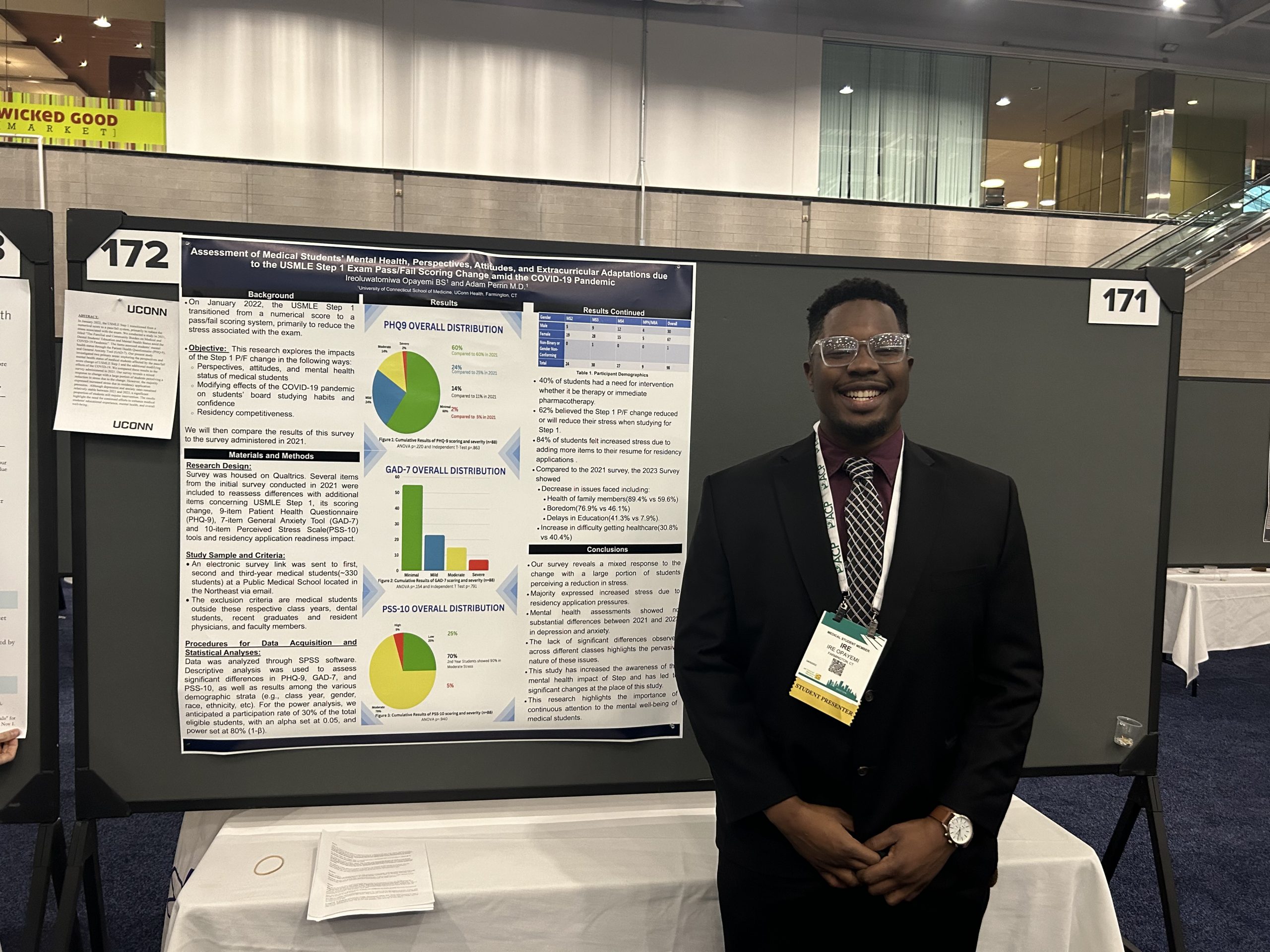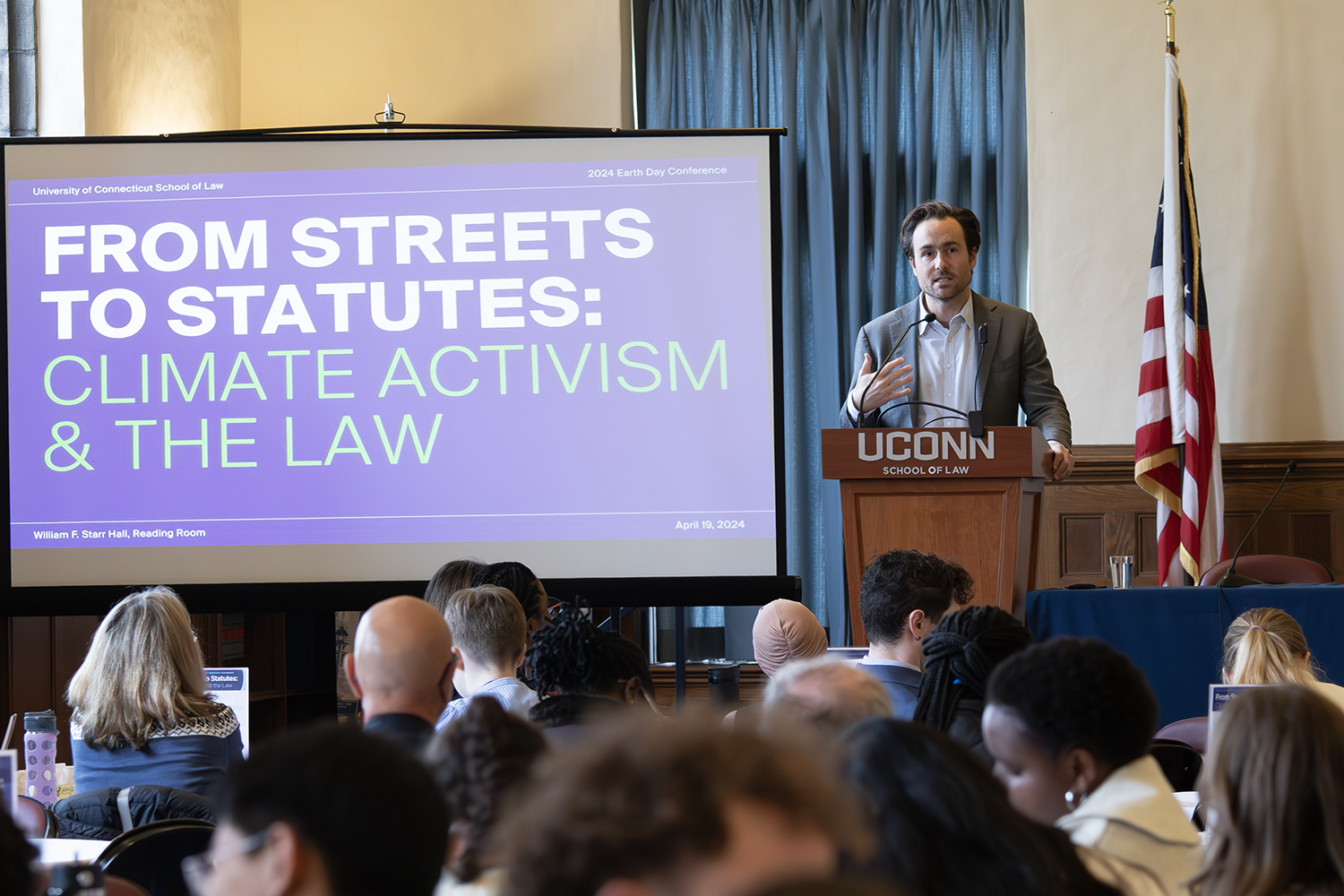In Hot Topics posts, UConn experts comment on current events and issues unfolding in the news.
President Barack Obama on Monday delivered a $447 billion jobs bill to Congress, urging immediate passage. Reports indicate that at least $100 billion of that could be coming to individual states. The plan calls for funding numerous infrastructure projects; providing money to prevent the layoffs of teachers and police officers; and giving small businesses tax breaks.
Republicans remain open to some of the plan’s initiatives, but Speaker of the House John Boehner says House Republicans will continue to push for decreased regulation and cuts in spending and taxes in order to boost the economy.
Steve Lanza is executive editor of The Connecticut Economy and teaches in UConn’s Department of Economics. He also has served as an economic consultant, has been interviewed on radio and television, and has been quoted in The Hartford Courant, The New York Times, and The Wall Street Journal.
Fred Carstensen is a professor of economics and director of the Connecticut Center for Economic Analysis at UConn. He has been widely quoted in the media, including The Hartford Courant, The New York Times, and The Wall Street Journal.
The two agree that the jobs bill will work.
“Absolutely it will work,” says Carstensen. “If Congress passes the bill the way Obama put the package together it should result in the addition of 1 million to 1½ million new jobs. You know, there’s a mythology out there that Obama’s $800 million package last year did not work, but it did. The problem was that its successes were offset by cuts in state and municipal budgets. So instead of unemployment going to 13 or 14 percent [as it would have without Obama’s package], it stayed at 9.2 or 9.5 percent. But it did work.
“I think the earlier stimulus produced about 3 million new jobs, but the local budget cuts cost us about 3 million jobs. And part of the problem with this is the same problem with the first one – local governments are starting to cut jobs again. We’re seeing 20,000-25,000 job losses per month in the public sector, and there will probably be another 200,000-300,000 next year, so the federal government is running uphill.”
Lanza sees the plan producing jobs as it increases Gross Domestic Product (GDP).
“My most recent outlook calls for slower growth in Connecticut next year, maybe 5,000 jobs. GDP is slow – too slow – to sustain much growth. But the President’s proposal could change that. A stimulus that would add maybe 2 percent in GDP in 2012 could mean 10,000-12,000 more jobs, or 15,000-17,000 total,” Lanza says.
“A little of that may be stolen from future growth, but that may not be a bad bargain because the real risk right now is a double-dip recession; and if we can prevent that from happening, that may be enough to shore up the economy and extend the recovery and gain a little bit of the momentum the economy seems to be lacking right now.”
Contact information for members of the media:
Fred Carstensen, professor of economics
College of Liberal Arts and Sciences
Phone: 860-305-8299
Email: Fred.Carstensen@uconn.edu
Steve Lanza, executive editor of The Connecticut Economy
College of Liberal Arts and Sciences
Phone: 860-487-2616
Email: Steven.Lanza@uconn.edu



